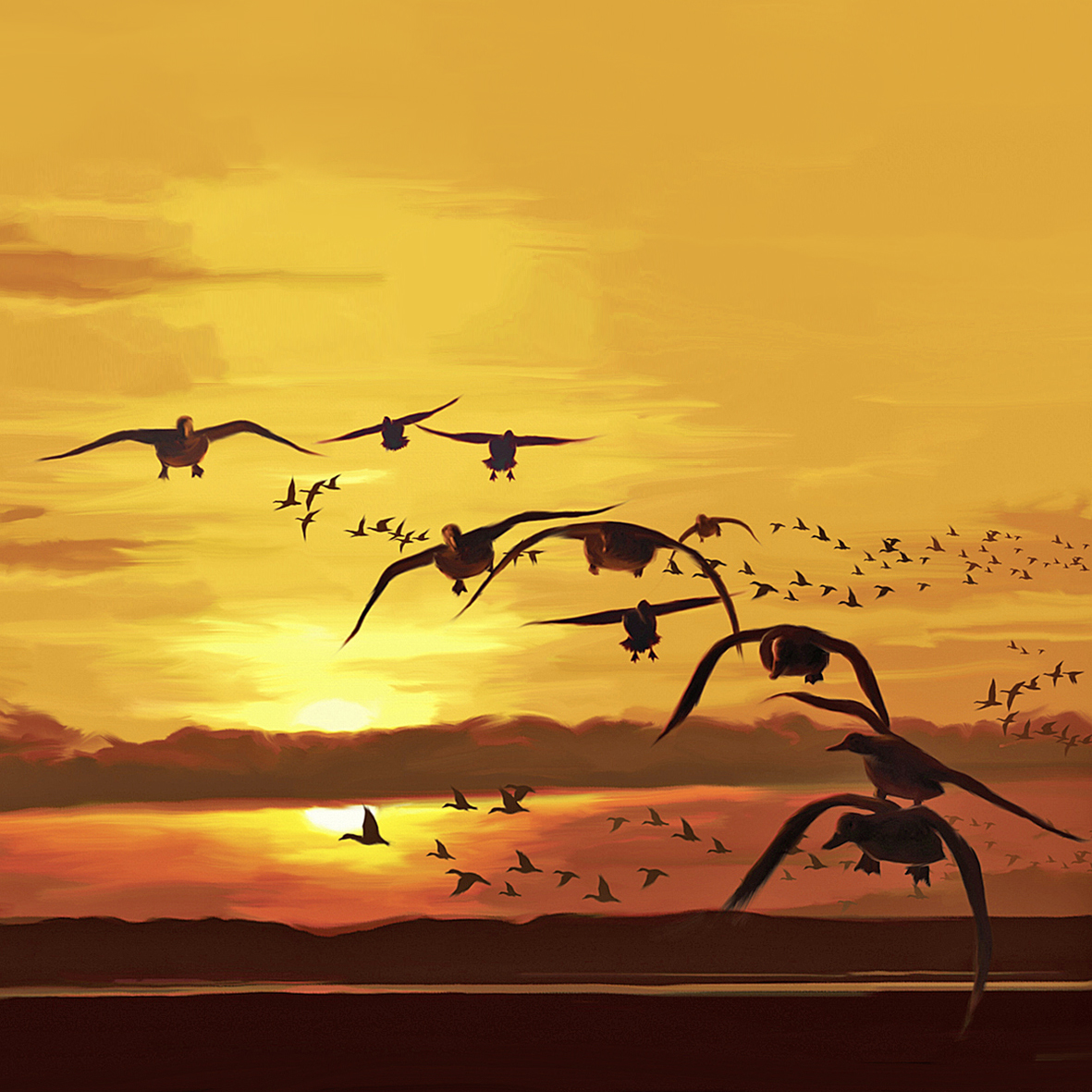#walk1000miles & Nature
Seven in 10 people in Britain have lost touch with nature. In a recent survey, 13% admitted they hadn’t been to the countryside in more than two years, while one in four parents said they wouldn’t know how to teach their children about British wildlife. A third couldn’t identify a barn owl, with that figure rising to two-thirds for a European turtle dove.
Unsurprisingly, that’s having a knock-on effect with the next generation. The RSPB reports that just one in five children in Britain are ‘connected to nature’, with boys showing an even larger disconnect than girls. The solution, though, is simpler than you might think.
...
A strong connection to the natural world brings many benefits – including improved health and wellbeing – and there’s no simpler way to get out into it than by lacing up your boots or trainers and going for a walk. We’ve got three billion trees in Britain and more than 500 species of bird. Walk on Scotland’s west coast to see soaring white-tailed eagles with 2.5-metre wingspans. Stroll along the sea cliffs of North Yorkshire and Northumberland and marvel at some of the world’s largest seabird colonies. There are ospreys in our lakes, avocets on our beaches, nightingales in our woods, peregrines in our cities, and hen harriers (although less than we’d like) skydancing through our remote uplands.
We’ve got adders and grass snakes and slow worms and sand lizards. There are mountain hares on our highest summits; bats in our caves; seals, sharks, dolphins and even killer whales in our seas; pine martens in our woods; frogs and newts in our ponds; beavers, water voles and otters in our rivers; and the mighty red deer – our largest native mammal – roaring from Devon to northern Scotland. Closer to home you’ll find dormice and hedgehogs in your gardens, slugs and woodlice hiding under logs, squirrels in parks, foxes in urban streets, rabbits on roadside verges… the list goes on and on.
Don’t fall into the trap of thinking these animals just exist on TV and in books. Go for a walk and see them for yourself, because they’re all around you – in the towns and cities where we work and the streets where we live. If you walk an hour a day in 2019 you’ll be well on target to hit 1000 miles by the end of the year. Just imagine how many species you could tick off in that time too.





